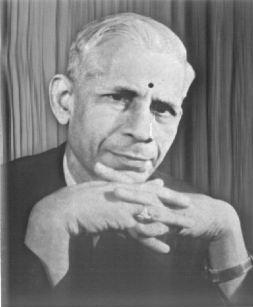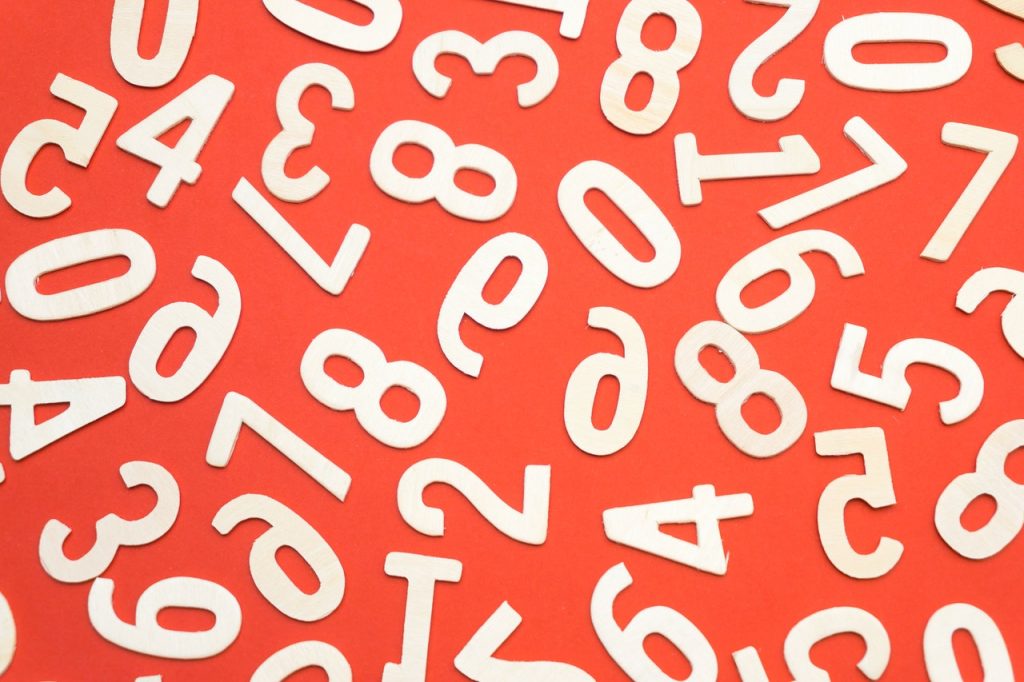The most widely practised system of Vedic astrology is the Parashari method. However, there are many different systems and schools of astrology that also give excellent results. Though the basic definitions of Rashis, planets and the Zodiac are the same, the methods and rules of interpretation in KP astrology differ. It is a more detailed system that is built on the foundation of Vedic astrology. It also uses certain methods that are used in Western astrology. This amalgamation of methods also adds its own unique rules, steps and methods to analyse a birth chart.
Krishnamurthy Paddhati: KP Astrology Rules
KP astrology is the brainchild of Late Professor Kuthur Subbaiyer Krishnamurthy (1908- 1972). The initial idea was conceived by his friends the Late R. Gopalakrishna Rao and Late N.V. Raghava Chary. They explored using stellar astrology methods to interpret the birth chart. However, Professor Krishnamurthy went one step further than his friends. He then backed up his theories with research. The result of his work is the KP system of astrology. It is very popular and has gained a reputation for great accuracy. It is particularly good at giving accurate yes and no answers as well as being better at the timing of events.

KP Astrology Books: KP Readers: KP Astrology predictions
Shri Krishnamurthy described his system and methods in a set of manuscripts. They are published as the KP Readers. The readers cover the following topics
- First Reader: Casting The Horoscope
- Second Reader: Fundamental Principles Of Astrology
- Third Reader: Predictive Stellar Astrology
- Fourth Reader: Married Life And Children
- Fifth Reader: Transit
- Sixth Reader: Horary Astrology
Methods Used In KP Predictions System
The KP System of astrology uses a combination of theories and methods from different other systems of astrology. Shri Krishnamurthy studied the Vedic and Western systems of astrology to formulate a blend of the methods that worked. He has emphasised in his readers that a student of astrology must be well versed in the basics of traditional astrology to be able to better apply the KP system. The KP system also uses the basic principles of Vedic astrology but the application and interpretation differ.
KP Bhava Chart
Most astrologers calculate the Bhav Chalit chart with the Lagna degree as the midpoint of the first house and so on. The KP system calculates the Bhava chart with the first house beginning at exactly the Lagna degree. This is also known as the Placidus System. The span of each house is calculated based on the cusps. So, the Bhavas in the KP Bhava Chalit chart could have unequal sized houses. The first six cusps and houses are calculated and the remaining 6 are a reflection of the first six. Due to the different system of creating the Bhavas, the planet might actually give the result of the neighbouring sign
House Lord Or Cusp Lord
The lord or ruler of a house is the ruler of the sign where the cusp of the house falls. Since the house length is unequal, the cusp of two consecutive houses can fall in the same sign. This causes both the houses to have the same lord. This is a major difference from the Bhava Chalit chart in Vedic astrology. It is important to note that there is great importance attached to the cusp lord as opposed to what is called the house lord in traditional astrology.
Nakshatra Or Star
The term star is the same as Nakshatra that is used in Vedic astrology. So, the star lord is nothing but the planetary ruler of the Nakshatra as per the Vimshottari system. The Nakshatras are also further subdivided and assigned sub lords.
Sub Lord
Most Vedic astrologers use the Nakshatra lord primarily for the calculation of the Vimshottari Dasha according to the Nakshatra lord of the Moon in the chart. Some also use the lord of the Nakshatra in which the planet is placed for interpretation. The KP system also uses the Nakshatra lords. Additionally, the degrees of a Nakshatra are also assigned sub lords and sub-sub lords. This gives many layers that allow the astrologer to pinpoint their predictions better.
KP Significators
The KP system also uses other rules that differ from traditional astrology. One examines not only the houses that the planet owns but also the houses owned by the Nakshatra or star lord of the planet’s placement.
So to interpret the signification of a planet in KP the following are analysed:
- House where the star lord of the planet is placed
- House where the planet is placed
- Houses owned by the star lord of the planet
- Houses owned by the planet
To interpret the house signification in KP the following are analysed:
- The planets are placed in the stars of the planets occupying the house
- Planets that are in the house
- The planets are placed in the stars of the lord of the house
- Lord of the house
Since Rahu and Ketu are shadow planets they are studied based on the planets that are aspecting them or conjunct with them. They also give effects of the lord of the sign where they are placed.
So, two planets that are placed in the same Rashi and Nakshatra but with different sub lords will give entirely different effects. KP astrology does not disregard the sign lordship and interpretation of where a planet sits. It also additionally accounts for the results indicated by the sub lords of the planet.
KP Dasha Interpretation
KP astrology only uses the Vimshottari Dasha system. The other Dashas such as Chara, Yogini etc are ignored.
When the Vimshottari Dasha or time period of a planet influences a person it will activate and give effects of all the significator houses. The traditional methods of astrology only account for the houses that the planet owns and where it is placed to interpret Dasha results. So, any Dasha analysis in KP astrology is based on the cusp sub lords as well as the significators.
Aspects
KP uses the same aspects that Western astrology does. It also considers the outer planets Saturn, Jupiter and Mars as an influence on the inner planets of Mercury, Venus and Moon. Good aspects help and evil aspects deter an event.
KP House Groups
The KP system also uses sets or groups of houses that influence a particular aspect of life. This is a method that is also used in other systems of astrology. Some KP groups are:
Marriage 2, 7, 11
Gain of money 2, 6, 11
Life Span 1, 8, 3
Childbirth 2, 5, 11
Cure from disease 1, 5, 11
Education 4, 9, 11
Foreign travel 3, 9, 12
Service 2, 6, 10
Detrimental Houses
It is a common feature of most systems of astrology that the 12th house from a particular house indicates its loss. For example, the 6th house is detrimental to the 7th house, the 8th house is detrimental to the 9th house and so on. The KP system follows the same system.
Judgement Of An Event Happening
To study an event, the group of houses that signify the event are considered. Every group has one house that is the primary house of that event. For example, marriage has the houses 2, 7 and 11 as the significators but the 7th house is the primary house of marriage. There has to be a link between the sub lord of that primary house to the rest of the houses in the group. Links between them shows that the birth chart indicates the event.
If the sub lord instead links to the detrimental houses for the event under consideration, the event is unlikely to happen. In the case of marriage, this would be the 1, 6 and 10 houses. If there is a mix of significations between the house group and the detrimental houses the result will depend on the Dasha.
Timing The Event
The birth chart must first be studied to see if an event is going to happen. If the chart promises an event, the timing can be judged accurately with KP astrology. The planets that signify the event are identified as described earlier. An event is predicted to happen during the Dasha, Bhukti and Pratyantardasha of these planets. The transit of these planets, as well as the transit of the Sun and the Moon through these planets, is studied for timing.

The ruling planets for a particular time are considered for timing. They are:
- The lord of the ascendant
- Lord of the Moon Nakshatra/star
- Sign Lord of the Moon Rashi/sign
- Ruler of the day of the week
The transit of the Sun usually helps to place the month of the event within the year. The transit of the Moon also helps to give the timing in even finer detail. Since each Nakshatra has its own lord and sub lord, the timing can be very precisely gauged to the day in certain cases. For minute timing, the transit of the ascendant is also used.
The Combustion Of Mercury
In KP astrology the planet Mercury is not considered to be combusted by the Sun. This differs from the traditional Vedic method.
Prashna: Horary Numbers
KP also has a very unique way of analysing Prashna charts using a set of numbers. These numbers from 1 to 249 are defined by Shri Krishnamurthy as the subdivisions of the 27 stars. They help to give very precise answers to any Prashna question.
So, in conclusion, we can say that the KP system is an offshoot of the Parashari system of astrology. It has also incorporated certain methods from other forms of astrology. It requires that one first have a very firm grasp of the basics of Vedic astrology. One can apply the KP rules to the chart.
















